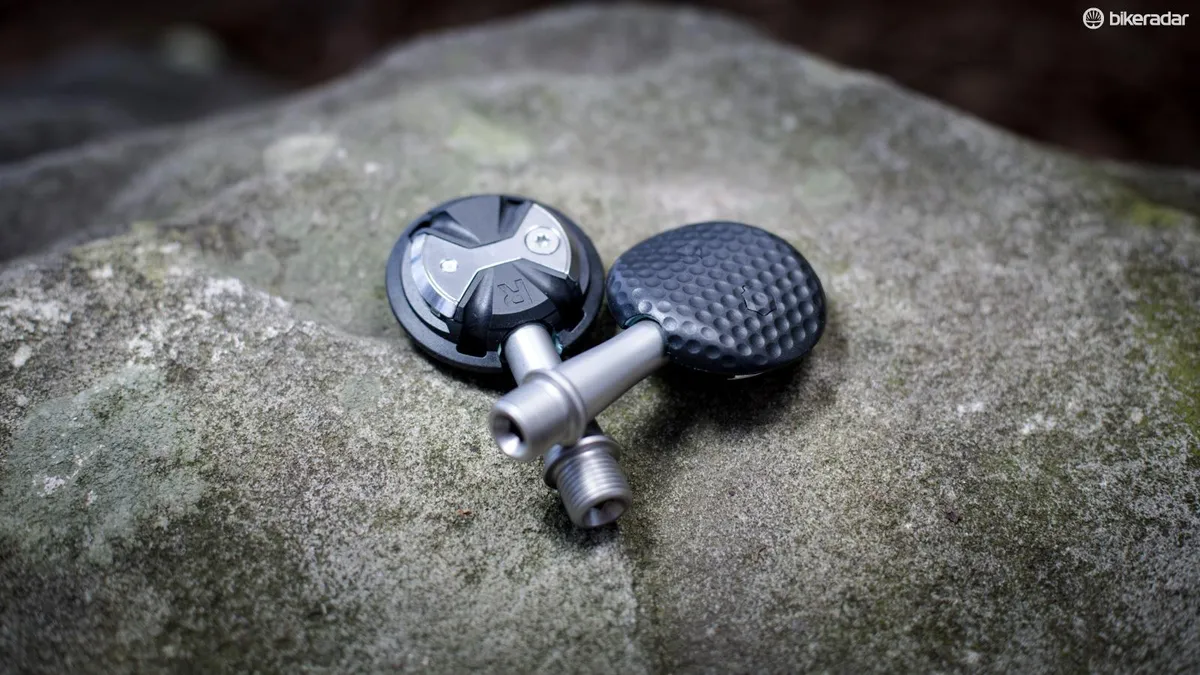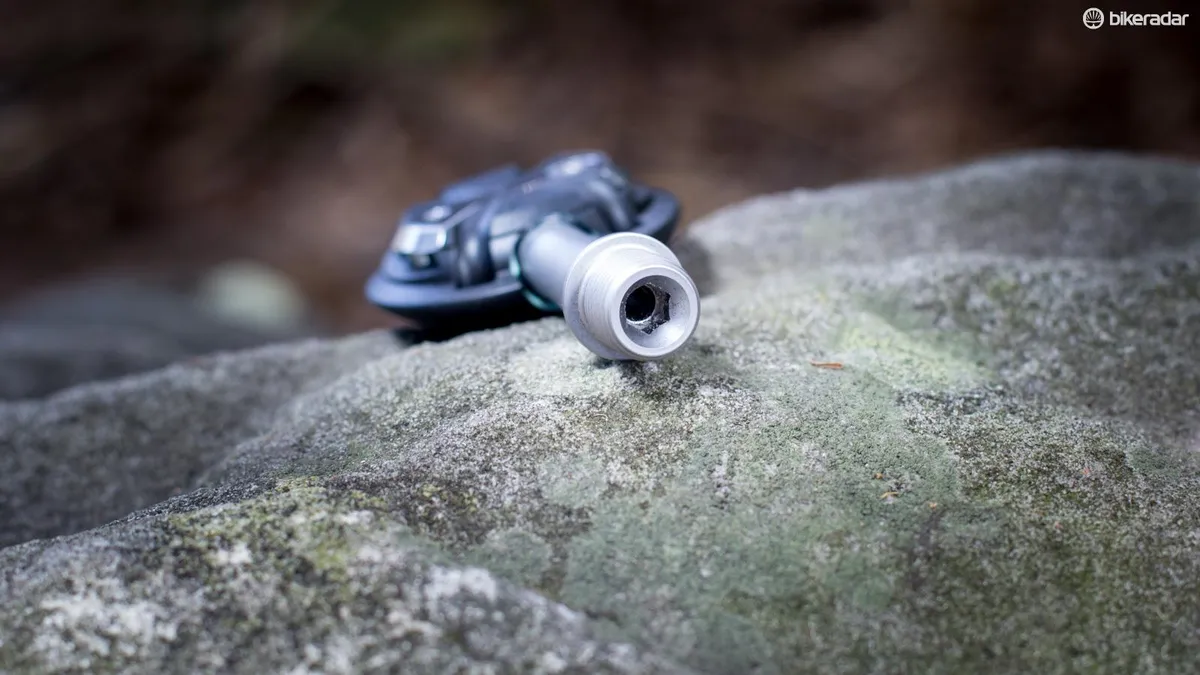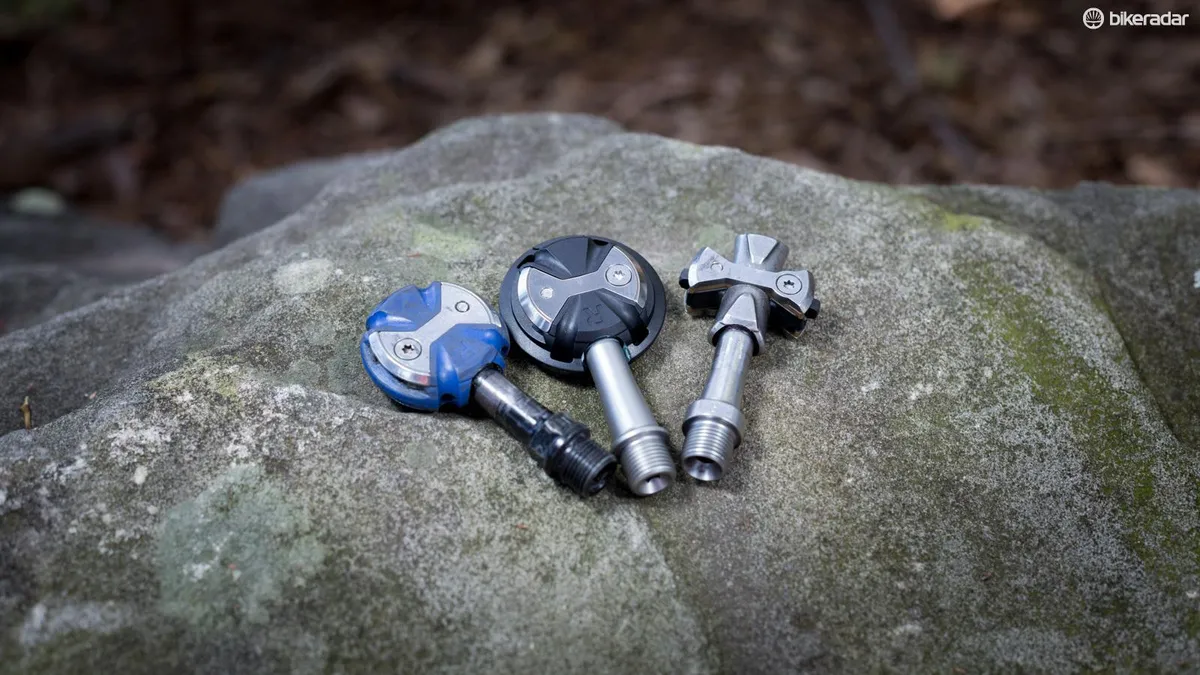With #aeroiseverything being one of cycling's current vogues, it’s perhaps no surprise that we’re now seeing aero pedals, most notably from Speedplay.
Among other things, Speedplay previously claimed its Zero pedals to be the most aerodynamic on the market – that is, until the dimpled singled-sized Zero Aero model was released.
We’ve yet to see any wind tunnel numbers so can't pass comment on the Zero Aero's aerodynamic advantages, but for what it’s worth, Bradley Wiggins chose the Speedplay Aero Pedal (and Walkable Cleat) for his ridiculous 54.526km hour record.
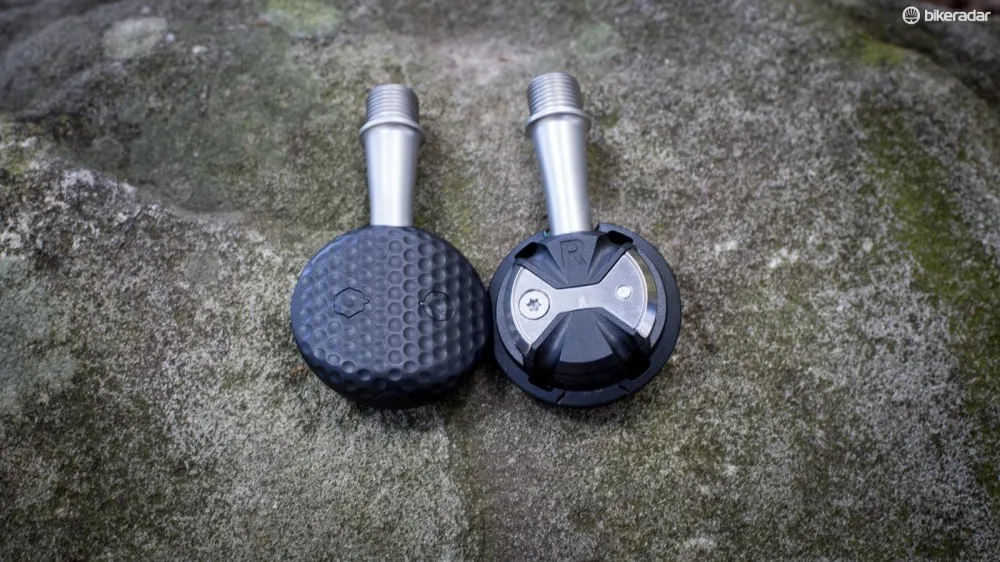
How much difference do you think an aero pedal can make?
As with a golf ball, the dimpled surface is said to create a turbulent boundary layer of air, which should speed airflow. Dimples are not a new idea in cycling and have long been used on wheels, helmets and even some clothing. Combined with the Walkable Cleat though, there's no doubt that the Zero Aeros create an ultra sleek profile.
So how do they ride? And, with one of the biggest selling points of Speedplay pedals being their effortless dual-sided entry, are they still worth it when you take that away?
Frankly, we didn’t really notice the one-sided entry. As Speedplay pedals don’t spin freely on the axle by design (if yours do they need some grease) when you unclip, even if you rotate the cranks the pedal will stay in the same position. There were only a handful of occasions in three months of testing when taking off from a light we found the pedal facing the wrong direction — a half turn of the crank brings it into the right position.
When you get down to the guts of the Zero Aero, it’s pretty much identical to the standard model. The locking mechanism is still in the cleat, they still rotate on the same amount of needle bearings, which require some maintenance, and they still have the same 11.5mm stack height on three-hole shoes. Really the only major difference is the dimpled underside of the pedal body.
There is a slight weight disadvantage to the Zero Aero pedals. Our test samples with stainless steel axles weighed 212g for the pair, while the standard Zero pedals with stainless axles weigh 206g per pair.
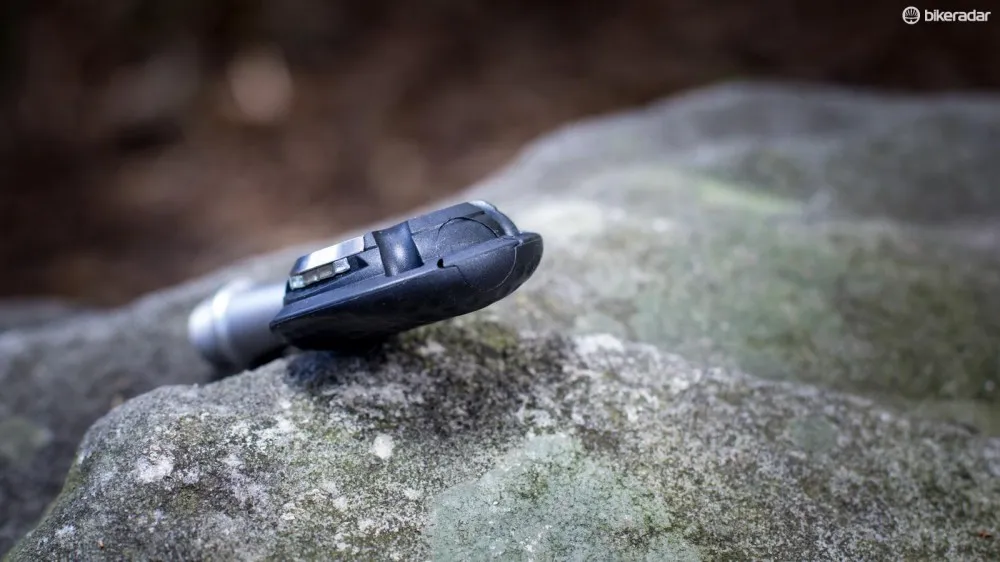
A plug hiding the grease port keeps the pedal body sleek, but it's not easy to remove
The maintenance is also a little different. Instead of undoing a tiny screw to access the grease port, you’ve got to pry off a dust cap that's quite stiff and requires a very small pick tool (we used dental tools), and insert the ‘pedal luber’, which is essentially a fitting for your grease gun. As Speedplays already require more maintenance than most pedals out there, and the Zero Aero’s require a specialised tool to get to work, there’s a major trade off for a marginal gain.
So are the Speedplay Aero pedals worth it? You need to ask yourself how important, really, is an aero pedal to your riding.
Frankly, unless they’re going on a TT or even track bike, you're probably going to be better off with the Zero, or even the Zero Pave. But if your main concern is wind resistance and marginal gains, then the Aero pedal may be a solution. Of course, there are very few aero upgrades that come cheaply, and these are no different at £230 / $275 / AU$399 including cleats.
